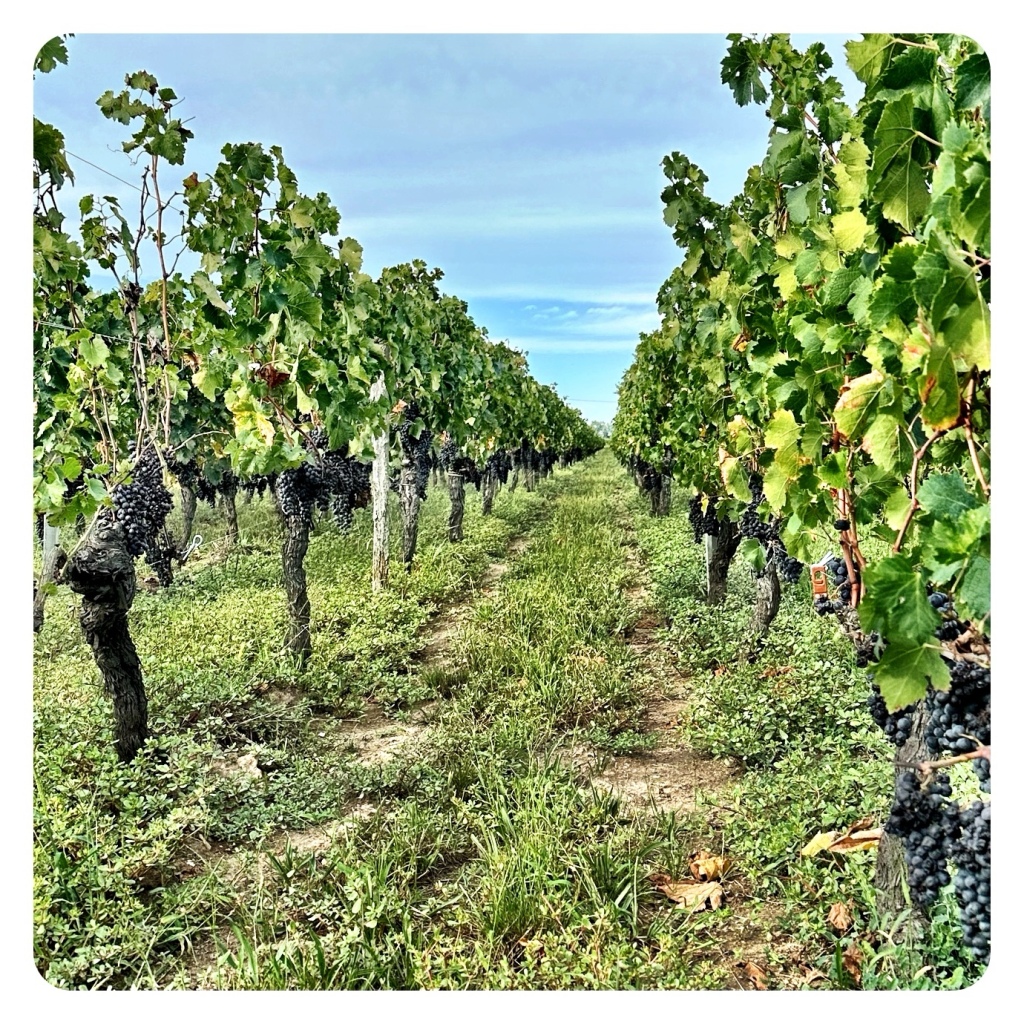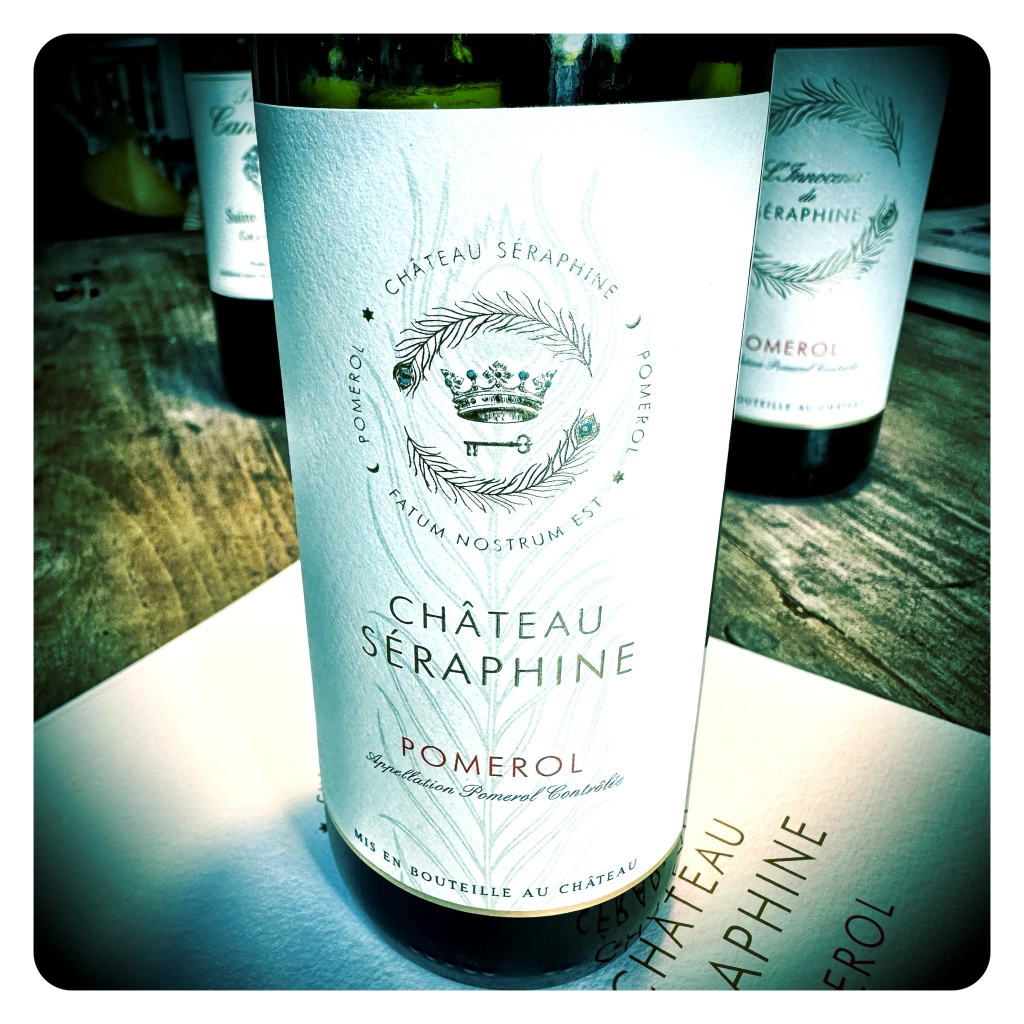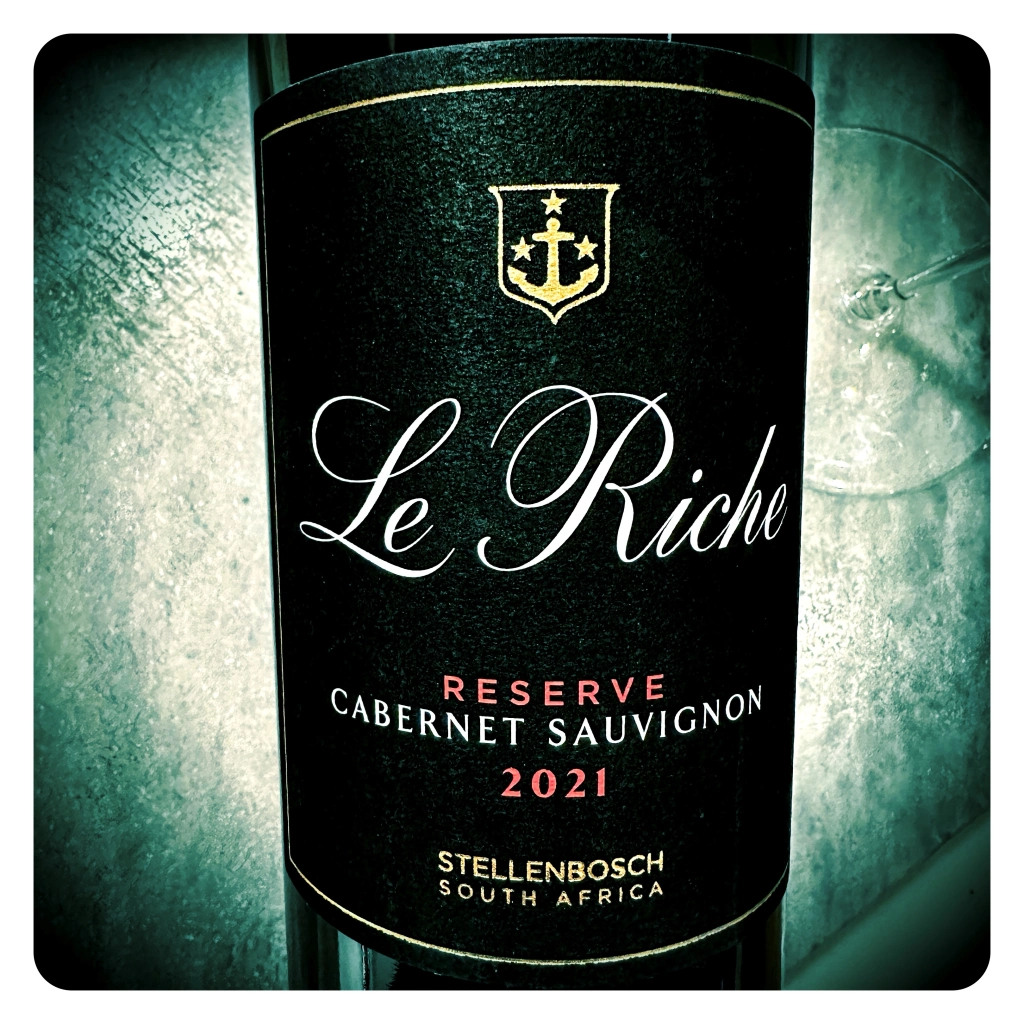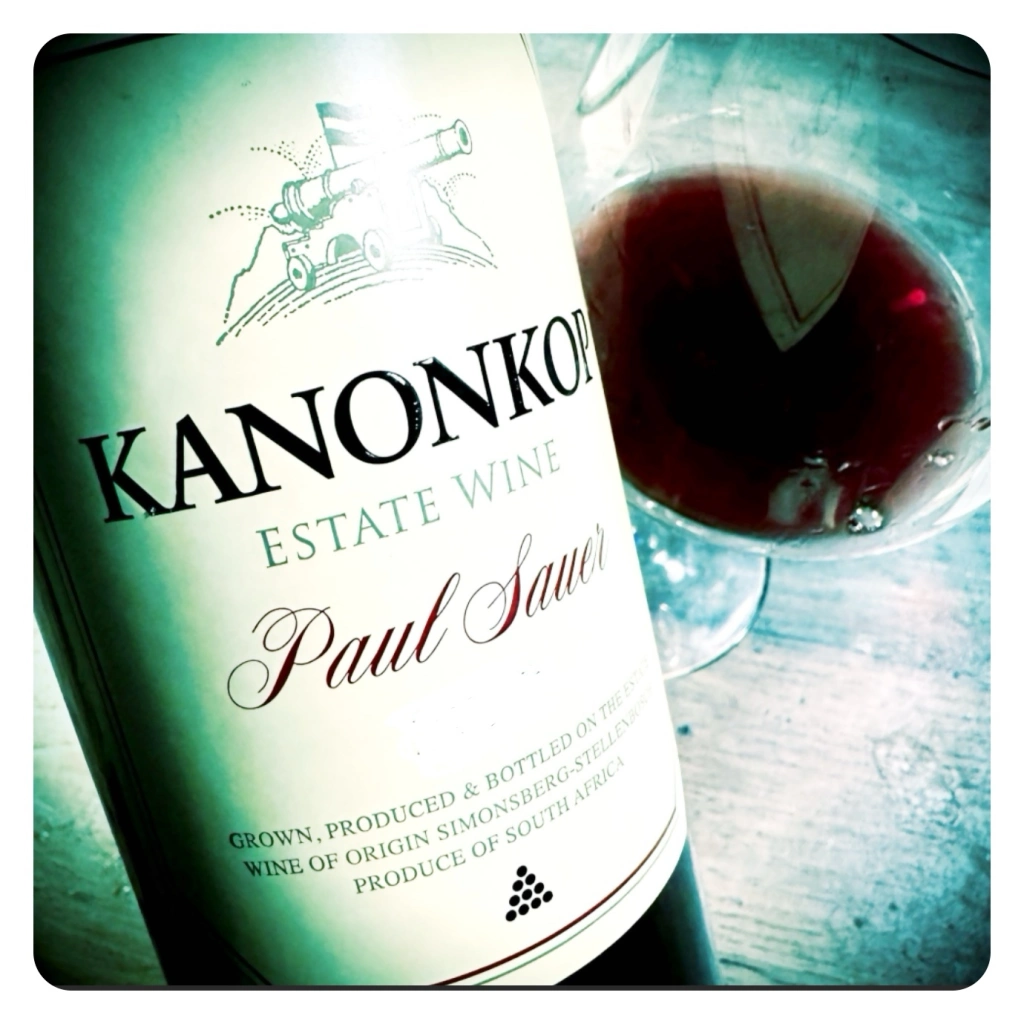Gyles Webb bought an old fruit orchard farm in 1983 after giving up his accounting career in Natal to pursue wine farming in the Cape. The old manor house was restored and the first wines under the Thelema Mountain Vineyards label were released in 1988. By the mid 1990’s Thelema’s wines sold out within a month after release, making it one of the most sought-after wine estates in South Africa.

Forever cemented as one of the Cape Wineland’s iconic wineries, the wider wine press attention in the noughties did somewhat shift away from the classical estates like Thelema towards the swathe of new up and coming exciting young gun producers primarily located in the Swartland.

But the classics always remain special and in the past decade, the wider global wine market has seen a massive refocus back on to the classical names that once helped re-establish the modern post-apartheid Cape wine industry. Thelema is just one of these wineries and their new releases under the stewardship of Thomas Webb are certainly worth a lot of attention! I caught up with Thomas in London recently and tasted through a superb selection of new vintages.

Thelema Mountain Vineyards Sauvignon Blanc 2022
Vibrant, crystalline and fresh with bright acids, notes of lime peel and green passion fruit and a hint of green apple on the mouth watering finish. Beautifully lifted, pure fruited with a chalky density and impressive fruity, fleshy concentration despite being below <2g/l RS. A premium Sauvignon Blanc for drinkers who perhaps don’t like the more pungent grassy styles.
(Wine Safari Score: 92+/100 Greg Sherwood MW)

Thelema Mountain Vineyards Chardonnay 2020, 13% Abv.
Made 100% from mountainside vineyards offering a fulsome expression, rich and plush with a certain comforting opulence, boasting sweet lemon cordial, salted toffee, nutty pistachio and savoury biscuit notes. The palate shows impressive intensity with salty maritime notes, bright tangy acids with lemon grass, lime cordial nuances and a cool, mineral, drying finish. Really very smart.
(Wine Safari Score: 94/100 Greg Sherwood MW)

Thelema Mountain Vineyards Chardonnay 2021, WO Stellenbosch, 13% Abv.
The new release 2021 Thelema Chardonnay possesses a beautifully pale lemon lime canary yellow with a fabulous shimmering brightness to it and is a very enticing Chardonnay offering indeed. The initial aromatics are full of dried green herbs, sweet lemon and lime citrus, tart pineapple and a most seductive vanilla pod hint that is seamlessly integrated into the wine. The classy oaking is equally evident on the palate but kept well in check by authoritative 2021 vintage acids, a stony granitic mineral frame, all tempered by tart crystalline white citrus fruits, white peach, green apple and a tangy fresh concentrated finish where another hint of tart pineapple makes an appearance. A truly classy wine from this phenomenal 2021 red and white vintage in South Africa, it shows its regal class and precision with such purity and clarity combined with intensity. One of the best Chardonnays from Thelema in more than a decade. Drink on release and over the next 8 to 10 years.
(Wine Safari Score: 95+/100 Greg Sherwood MW)

Thelema Mountain Vineyards Merlot 2020, 14% Abv.
Beautifully sweet fruited with aromatics of sappy cedar spice infused with black plum, black berry compote, dried baking herbs and a dusty granitic minerality. The palate is soft, sweet fruited and piquant with a supple fleshy texture, silky accessible tannins over subtle tobacco leaf, hoisin plum sauce, cigar wrapper and a cedar wood spice finish. A classy pure varietal expression of Merlot.
(Wine Safari Score: 92+/100 Greg Sherwood MW)

Thelema Mountain Vineyards Merlot Reserve 2021, WO Stellenbosch
The Reserve Merlot displays a delicate aromatic array of potpourri, dried violets, bouquet garni and incense together with hints of red currant, dried cranberries and red plum nuances. The palate shows a tender, seductive elegance, linear acids, and a taut freshness, that belies a sleek, incredibly subtle, cool fruited elegance. There are hints of sweet cedar, baking herbs and very fine grained stony mineral tannins that really steer this wine in a wonderfully old world Bordeaux – St Emilion direction from a cooler vintage of minerality, restraint and structure. This is a simply spellbinding wine with a tight knit texture, a phenomenal purity and an elegance of note. If you can’t afford £100+ Bordeaux right bank reds, this beauty will go a long way to fill this gap. Drink from 2024 to 2036+.
(Wine Safari Score: 96/100 Greg Sherwood MW)
Thelema Mountain Vineyards Cabernet Sauvignon 2020
This classy Cabernet shows a spicy, piquant inky aromatics laced with layers of iodine, cedar spice, tobacco leaf and sweet black tea. The balance and texture on the palate is super classy with silky sweet tannins, plump opulent red and black berry fruits, sweet tobacco, graphite and a supple, long, intense finish enlivened by tangy acids. Very classy and classical Stellenbosch Cabernet Sauvignon but approachable now.
(Wine Safari Score: 94/100 Greg Sherwood MW)

Thelema Mountain Vineyards The Mint Cabernet Sauvignon 2021
A lush, plush opulent aromatics kissed with its signature minty leafy nuances over resinous menthol blackcurrant boiled candied sweets. Very sleek and fine boned on the palate, this is a beautifully supple, soft wine showing a silky elegance with finely balanced sweet tannins, tangy bright acids, and salty cassis intensity capped with a kiss of mint choc peppermint crisp complexity on the finish. A great returning vintage for the fabled Thelema Mint Cabernet!
(Wine Safari Score: 94/100 Greg Sherwood MW)

Thelema Mountain Vineyards Rabelais 2020, 14% Abv.
2007 was the first vintage released commercially to the market after Giles Webb resigned from the CIWG where the wine was normally destined. The 2020 expression is majestically complex and soft spoken, orchestral and refined with real precision, focus and textural poise. Beautifully earthy and perfumed with sweet violets, tilled earth, liquorice and salty black currant before a soft, silky, tangy palate loaded with black cherry kirsch liquor, saline cassis and a pure, long, intense classical finish. True class!
(Wine Safari Score: 95+/100 Greg Sherwood MW)
Thelema Mountain Vineyards Vin de Hel Dessert Muscat 2021
Made from 1 hectare of 37 year old vine Muscat (de Frontignan), picked at 35 balling to hit 149-150g/l RS with a TA of circa 5.7g/l. Grapey, fresh and vibrant on the nose with layers of lychee, rose petals, peach puree and quince jelly. Beautifully fresh, pure and utterly delicious. This is a very attractive but not overly sweet dessert style wine.
(Wine Safari Score: 93/100 Greg Sherwood MW)

The Thelema wines are imported into the UK by Enotria Wines.










































